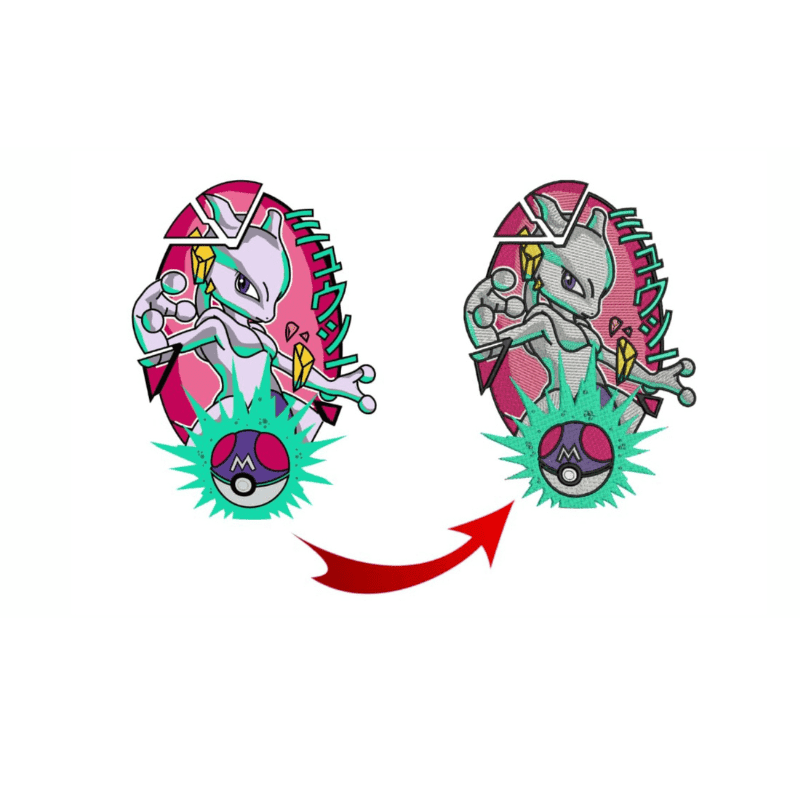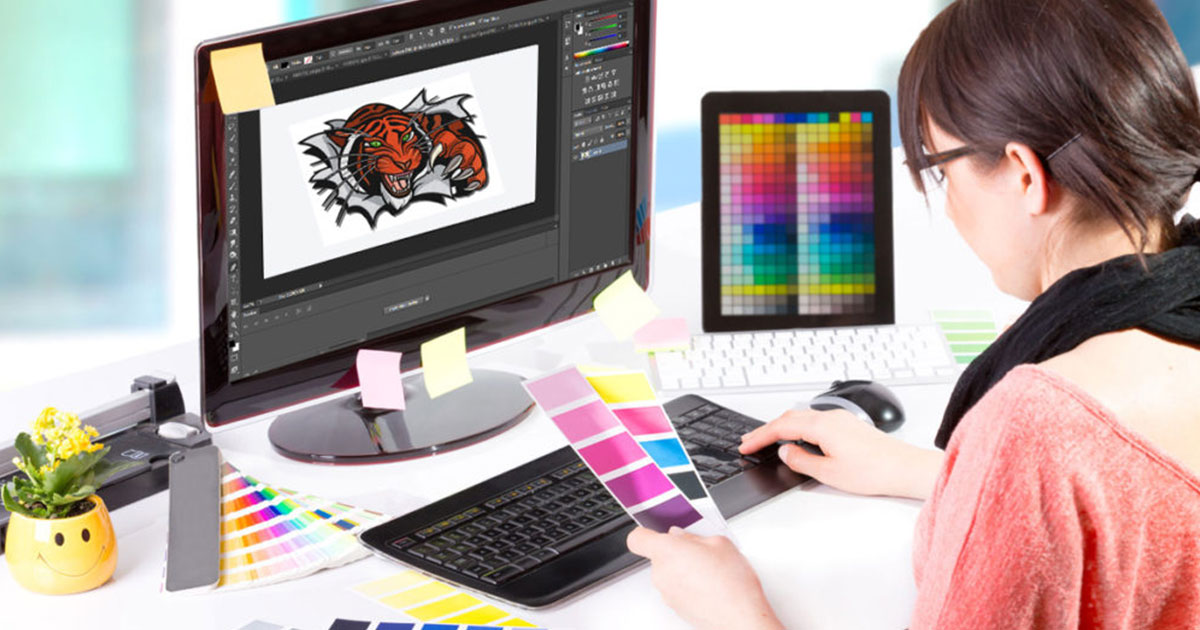Trusted Digitizing for Embroidery: Trusted by Specialists
Wiki Article
Grasping the Embroidery Digitizing Refine: Your Ultimate Guide
Needlework digitizing is a precise craft that requires precision and know-how to equate complex designs into digital formats for machine needlework. As artisans embark on this journey to grasp the embroidery digitizing process, a comprehensive understanding of the fundamentals establishes the foundation for excellence.
Recognizing Embroidery Digitizing Basics
Needlework digitizing basics create the foundation upon which intricate designs are translated into machine-readable formats for accurate stitching. This first step in the embroidery digitizing procedure is critical for making certain that the last embroidered item is a faithful depiction of the original style. Recognizing needlework digitizing fundamentals involves realizing key principles such as stitch kinds, stitch instructions, thickness, underlay, and draw compensation.Sew kinds play an important duty in figuring out the visual and textural outcome of the embroidered style. By choosing the ideal stitch kind, whether it be satin, fill, or running stitch, digitizers can accomplish the desired impact and boost the general quality of the needlework. In addition, sew direction influences the flow and measurement of the layout, while thickness figures out the spacing and insurance coverage of the stitches.
Furthermore, underlay stitching provides stability to the layout by safeguarding the textile and stopping distortion throughout the embroidery procedure. Pull compensation is another crucial factor to consider to combat the all-natural propensity of fabric to contract when sewn. Grasping these embroidery digitizing fundamentals is fundamental for developing professional-quality embroidered products.
Choosing the Right Digitizing Software Program
Selecting the proper digitizing software program is a crucial choice that dramatically influences the performance and high quality of the embroidery digitizing procedure. Digitizing for Embroidery. When picking the ideal digitizing software program, it is vital to consider factors such as the complexity of layouts you intend to create, the user-friendliness of the software, the degree of consumer assistance provided, and the compatibility with your embroidery equipmentThere are various digitizing software alternatives available in the marketplace, ranging from fundamental programs for beginners to sophisticated software application for professional digitizers. Some prominent options consist of Wilcom EmbroideryStudio, Hatch Embroidery Software Application, and PulseID. These software program plans supply a wide variety of devices and features to help you create elaborate layouts easily.
Before choosing, it is advisable to discover the various software application options with free trials or demonstrations to determine which one finest matches your get redirected here demands. In addition, reading evaluations and seeking recommendations from experienced digitizers can you could try here offer beneficial insights into the toughness and weaknesses of each software (Digitizing for Embroidery). By very carefully evaluating your requirements and comparing the functions of different digitizing software program, you can make an informed option that enhances your embroidery digitizing process
Digitizing Tools and Strategies

Optimizing Layout Setup for Embroidery
Grasping the details of layout setups is basic in attaining ideal lead to the embroidery digitizing process, building upon the foundation laid by understanding digitizing devices and strategies. When optimizing layout setups for needlework, it is necessary to take into consideration aspects such as stitch type, thickness, underlay, draw settlement, and enrollment. Sew kind option influences the total look of the style, with alternatives like satin, fill, and running stitches providing various structures and results. Density refers to the spacing and density of stitches, affecting the style's protection and durability. Proper underlay stitching gives security and avoids textile distortion, particularly for complex designs or on elastic materials. Draw compensation adjusts for textile stretch during sewing, making certain exact layout replication. Registration setups straighten different elements of the layout precisely, keeping total layout honesty. By fine-tuning these design setups, embroiderers can improve the high quality and accuracy of their stitched developments.
Troubleshooting Common Digitizing Issues
When coming across common digitizing issues throughout the needlework process, it is important to recognize the source and carry out effective options immediately. One common problem is stitch density concerns, where stitches might be as well dense, causing the fabric to pucker, or too thin, leading to spaces in the style. Readjusting the stitch thickness settings in the digitizing software program can aid resolve this concern.One more his explanation constant obstacle is string breaks throughout the needlework procedure. This can occur as a result of various reasons such as inaccurate tension setups, boring needles, or using low-grade thread. Making sure appropriate upkeep of the embroidery device, including routine needle adjustments and stress adjustments, can decrease the event of string breaks.
Furthermore, design registration mistakes can result in misaligned elements within the needlework layout. Inspecting the style placement in the digitizing software and making essential adjustments before sewing can help in avoiding this issue. By addressing these typical digitizing problems without delay and properly, you can ensure a smoother embroidery process and high-quality completed items.
Final Thought
To conclude, understanding the needlework digitizing procedure needs a solid understanding of the basics, the ideal choice of software, and expertise of devices and methods. Enhancing layout setups and repairing usual digitizing concerns are essential steps in ensuring top quality needlework results. By adhering to these steps faithfully, one can accomplish accuracy and efficiency in the digitizing procedure.Report this wiki page